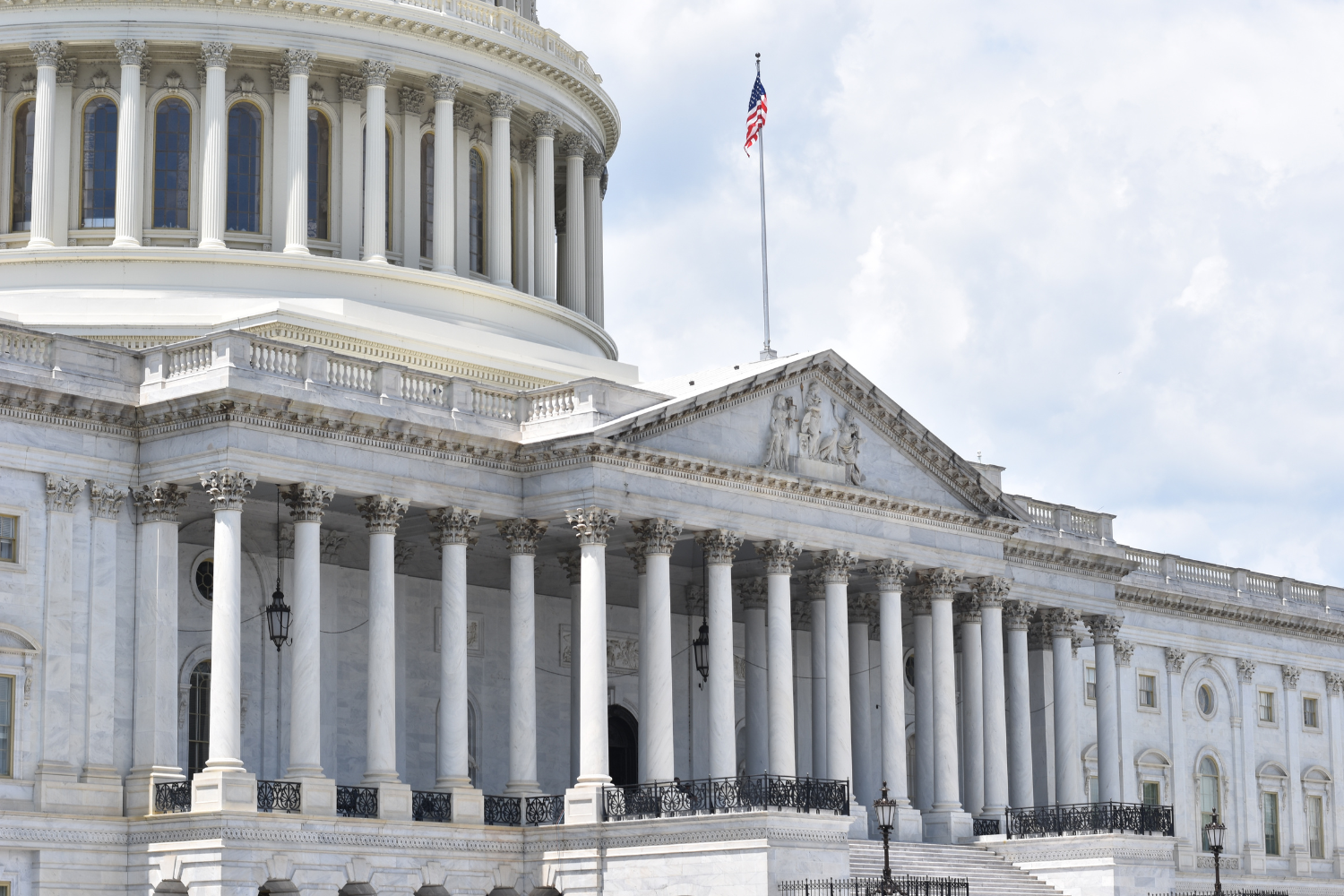“Coming out” or “Inviting In,” which I personally prefer, is a unique and personal journey to share the authentic “you” with the world. For some, sharing their sexual and/or gender identity is an easy step. For others, this is a multifaceted process in which they must scrutinize and analyze who and where they are safe to be themselves.
This journey can be strenuous and often leads to increased incidence of mental illness for QTLGB+ people (e.g., anxiety, depression, and substance use). Additionally, when the wrong people are aware of one’s identity, this may unfortunately lead to physical and emotional endangerment. In the worst-case scenario, it may even lead to death.
With the continued politicization of QTLGB+ people, we encourage current and future physicians to advocate for these populations. Examples might be addressing insurance coverage for transition services or aiding in fighting back against “anti-gay” legislations and “gay panic laws.”
Most importantly, we should strive to have safe spaces for our QTLGB+ patients where they can seek healthcare without facing discrimination. Some ways to do this include having pro-QTLGB+ signage around the office, inclusive intake forms (e.g., gender and sex, pronouns, etc.), and employing critical clinical skills to evaluate whether a patient’s QTLGB+ identity is relevant to the visit.
For resources to share with patients, please check out the following links:
- Human Rights Campaign’s Coming Out Center
- The Trevor Project’s The Coming Out Handbook
Blessings to all,
Jay Wang, MS, MPH, OMS-III
ACOFP National Student Executive Board Parliamentarian





